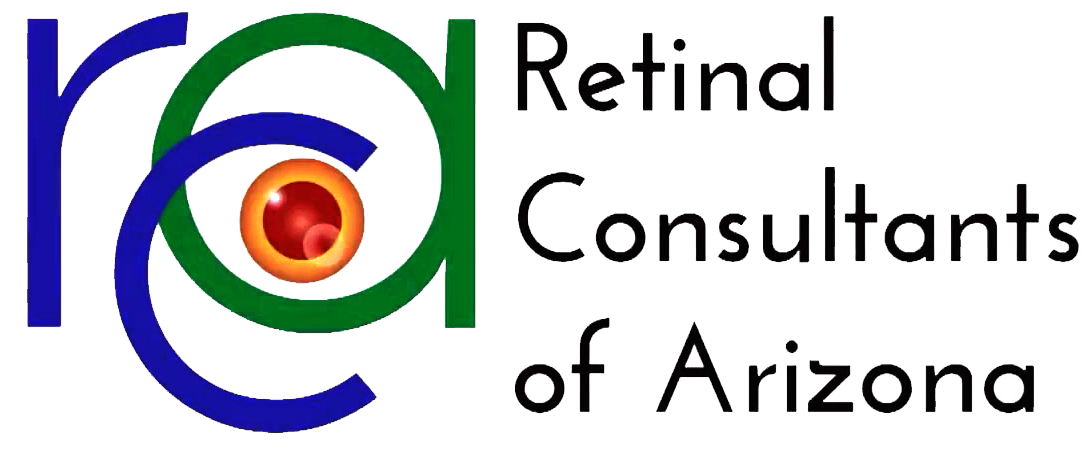ReNeuron hails “clear signal” from retinitis pigmentosa trials
“Overall, the improvements to date represent a clear signal of efficacy in a patient population where inexorable disease progression is the norm,” the company said
Clinical update and conference presentations
“Clear efficacy signal” in Phase 2a study of hRPC cell therapy in retinitis pigmentosa
ReNeuron Group plc (AIM: RENE), a global leader in the development of cell-based therapeutics, is pleased to announce new positive data in the Company’s ongoing Phase 1/2a clinical trial of its human retinal progenitor cell (hRPC) therapy candidate in the blindness- causing disease, retinitis pigmentosa (RP).
At the most recent follow-up in the Phase 2a segment of the study, the mean improvements from baseline in visual acuity as measured by the number of letters read on the ETDRS chart (the standardized eye chart used to measure visual acuity in clinical trials) were as follows:
|
Months post-treatment |
Mean improvement in visual acuity in the treated eye |
Mean improvement in visual acuity in the treated eye (excluding two patients with procedure-related vision loss) |
|
|
1 |
+14.5 letters (n=6) |
+ 1.6 letters (n=8) |
|
|
2 |
+13.0 letters (n=6) |
+ 2.8 letters (n=8) |
|
|
3 |
+17.8 letters (n=6) |
+ 6.8 letters (n=8) |
|
|
6 |
+18.5 letters (n=4) |
+28.7 letters (n=3) |
+ 7.8 letters (n=4) |
|
9 |
+12.0 letters (n=1) |
+12.0 letters (n=1) |
– 1.0 letter (n=1) |
The observed efficacy was rapid and profound in the first three patients in the Phase 2a segment of the study. Efficacy in subsequent patients has also been seen but at a lower rate and magnitude (improvement in visual acuity ranging from +5 to +11 letters in the treated eye 3 months post-treatment), with the ultimate extent of improvement not yet known as the study is ongoing. Overall, the improvements to date represent a clear signal of efficacy in a patient population where inexorable disease progression is the norm.
A total of 22 patients have now been treated in the Phase 1/2a study and a good safety profile has been established, with no patients experiencing product-related serious adverse events and two patients experiencing surgical procedure-related loss of vision.
These latest results will be presented in further detail by Pravin Dugel MD, Managing Partner, Retinal Consultants of Arizona, Phoenix, Arizona, and Clinical Professor, Roski Eye Institute, USC Keck School of Medicine, Los Angeles, California, at the American Academy of Ophthalmology Annual Meeting (AAO) in San Francisco, taking place on 12-15 October 2019.
Dr. Dugel will present in a Late-Breaking Developments session at the meeting on 12 October 2019.
Olav Hellebø, Chief Executive Officer of ReNeuron, will give a presentation in the Gene and Cell Therapy Spotlight session during the Ophthalmology Innovation Summit (OIS@AAO) on 10 October 2019, preceding the AAO meeting.
Dr. Pravin Dugel commented:
“I am looking forward to presenting and discussing these encouraging data at the upcoming AAO meeting in San Francisco. I believe that we are seeing a clear signal of efficacy in this patient population where any gain in vision, let alone the levels seen in some of these patients, is so hard to come by and so very much appreciated.”
RP is a group of hereditary diseases of the eye that lead to progressive loss of sight due to cells in the retina becoming damaged and eventually dying. The Company’s RP clinical program has been granted Orphan Drug Designation in both Europe and the US, as well as Fast Track designation from the FDA.
The Phase 1/2a clinical trial is an open-label study to evaluate the safety, tolerability and preliminary efficacy of ReNeuron’s hRPC stem cell therapy candidate in patients with advanced RP. The Phase 2a segment of the study, which uses a cryopreserved hRPC formulation, enrolls subjects with some remaining retinal function and is being conducted at two clinical sites in the U.S. – Massachusetts Eye and Ear in Boston and Retinal Research Institute in Phoenix, Arizona.
ReNeuron’s hRPC cell therapy candidate offers a number of potential advantages over alternative approaches to the treatment of RP. Firstly, the cell therapy candidate is independent of the many specific genetic defects that collectively define RP as a disease, thereby allowing a much broader potential patient population to be eligible for the treatment. Secondly, the cells are cryopreserved, enabling on-demand shipment and use at local surgeries and hospitals. Finally, the cells are injected directly into the site of retinal degeneration, allowing a greater chance of anatomic restoration of photoreceptor function.
The Company will continue to generate further longer-term follow-up data from the ongoing Phase 1/2a study. In parallel, the Company will consult with its advisers and regulatory authorities in Europe and the US in order to design and agree on the future clinical development program for its hRPC cell therapy candidate for the treatment of RP.
Olav Hellebø, Chief Executive Officer of ReNeuron, commented:
“We are greatly encouraged by the latest efficacy data from the ongoing Phase 1/2a clinical study of our hRPC cell therapy candidate in patients with RP. It is especially gratifying to see positive data given the inherent challenge in addressing a disease as complex as RP and we look forward to further progressing the clinical development of this promising cell therapy candidate.”

